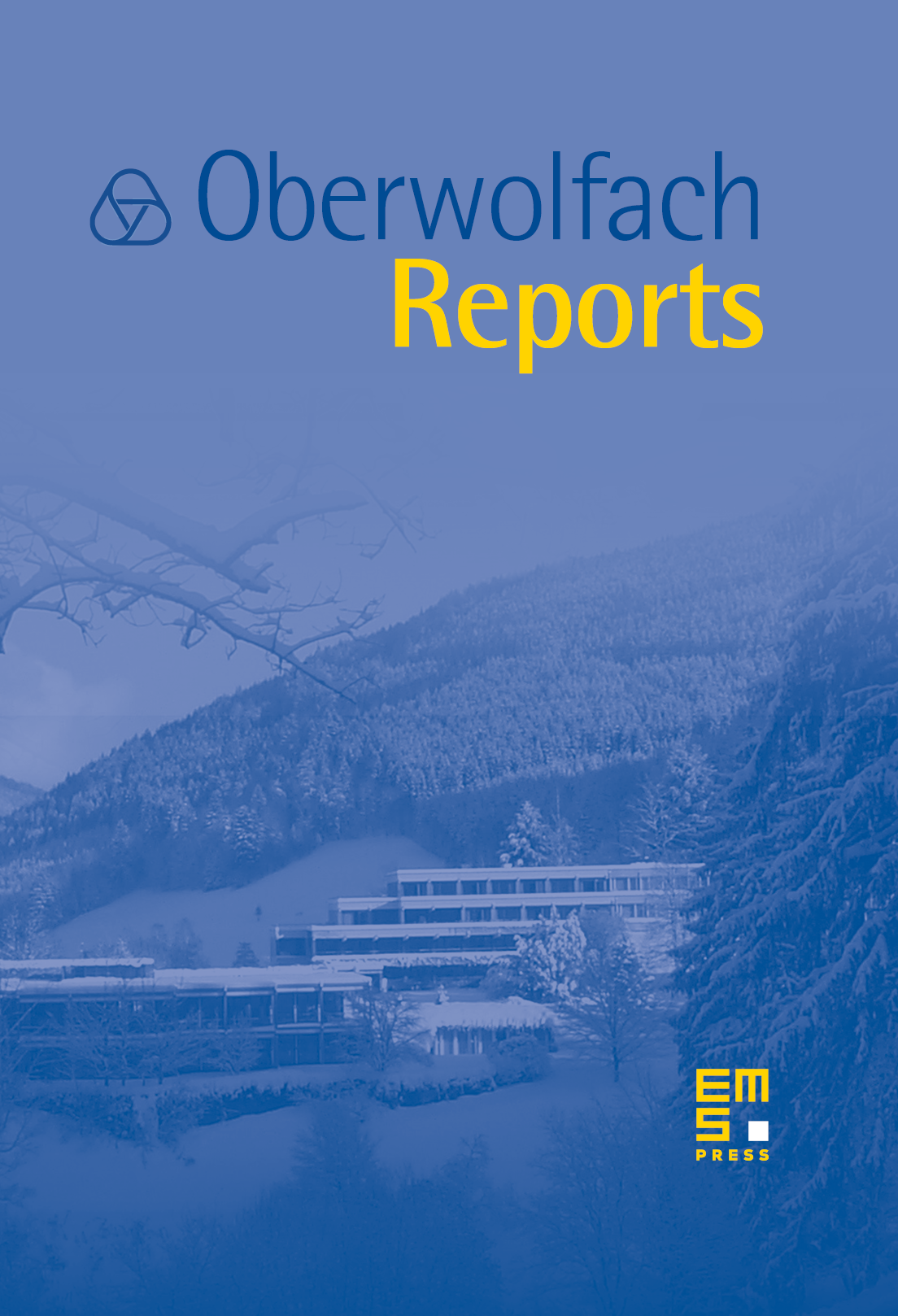Classical Algebraic Geometry
Olivier Debarre
École Normale Supérieure, Paris, FranceDavid Eisenbud
Mathematical Sciences Research Institute, Berkeley, USAGavril Farkas
Humboldt-Universität zu Berlin, GermanyRavi Vakil
Stanford University, United States

Abstract
Progress in algebraic geometry usually comes through the introduction of new tools and ideas to tackle the classical problems of the field. Examples include new invariants that capture some aspect of geometry in a novel way, such as Voisin’s “existence of decomposition of the diagonal”, and the extension of the class of geometric objects considered to allow constructions not previously possible, such as stacks, tropical geometry, and log structures. Many famous old problems and outstanding conjectures have been resolved in this way over the last 50 years. While the new theories are sometimes studied for their own sake, they are in the end best understood in the context of the classical questions they illuminate. The goal of the workshop was to study new developments in algebraic geometry, in the context of their application to the classical problems.
Cite this article
Olivier Debarre, David Eisenbud, Gavril Farkas, Ravi Vakil, Classical Algebraic Geometry. Oberwolfach Rep. 11 (2014), no. 3, pp. 1695–1745
DOI 10.4171/OWR/2014/31